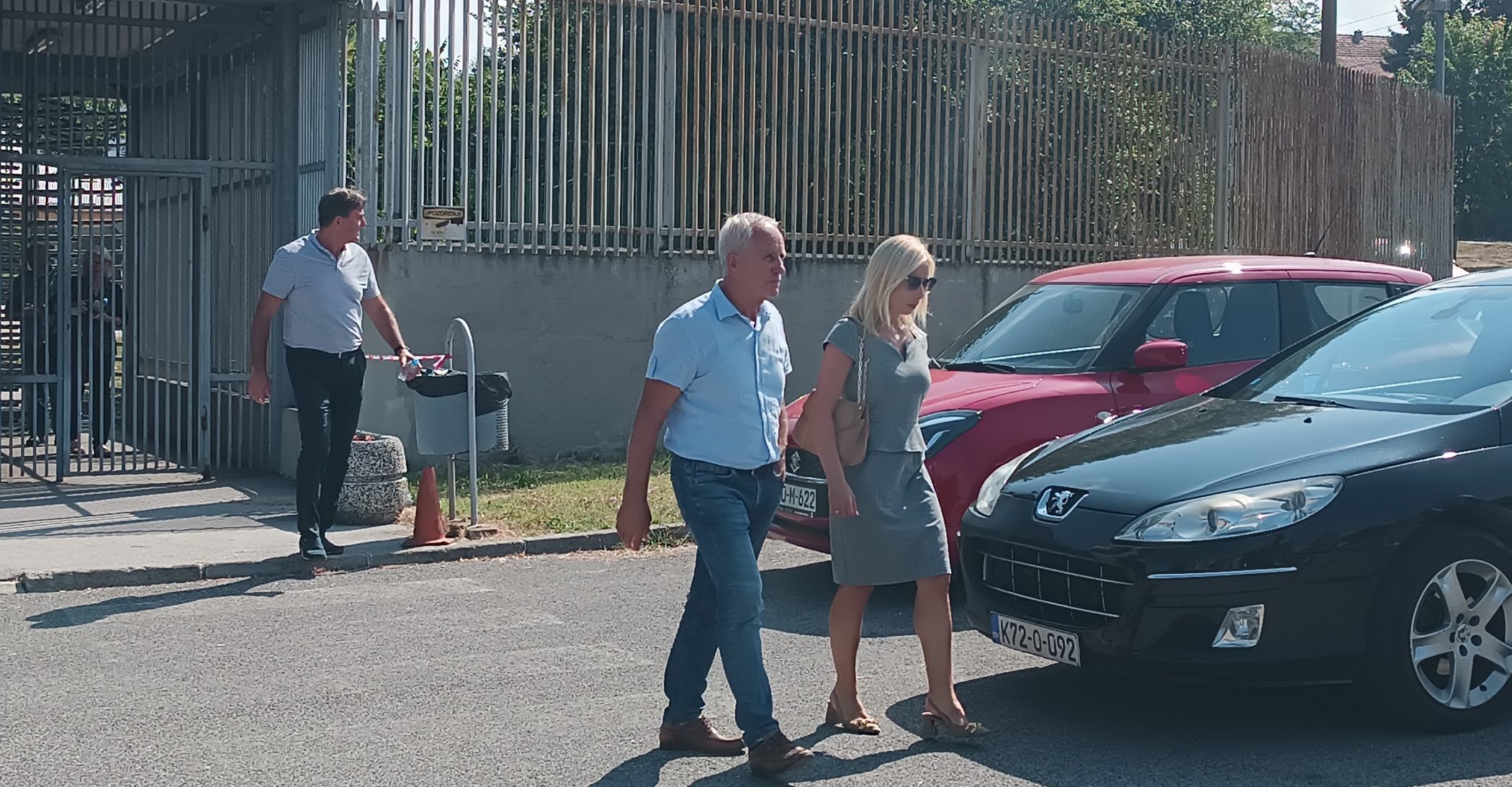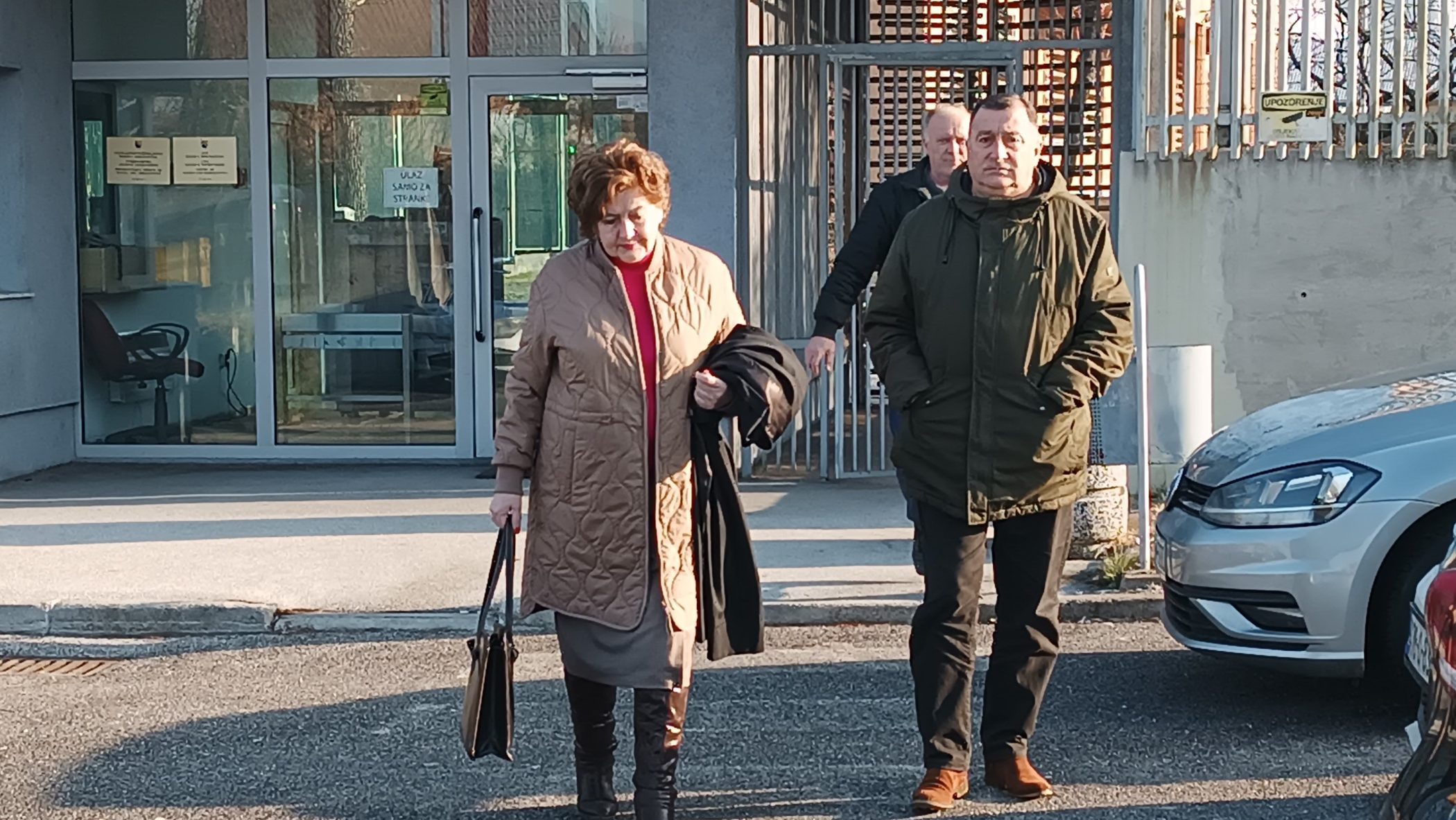This post is also available in: Bosnian
Mirko Vrucinic, the former chief of the public safety station and member of the crisis committee in Sanski Most, has been charged with participating in a joint criminal enterprise from April to December 1992. Acts of murder, forcible resettlement, unlawful detention and forcible disappearances were committed as part of the enterprise.
Testifying at today’s hearing, Ismet Kameric said his father-in-law Inbro Eminic and his wife went to his house in the village of Caplje on May 24, 1992. He said he didn’t feel safe in the downtown area of Sanski Most.
Kameric said he was then informed that his father-in-law had to leave his house or it would be shelled. He said he managed to transport him to the village of Kijevo.
“When I took him with me, we watched the part of the town called Mahala burning. There was a huge fire and smoke going up in the air. He went to Kijevo. I took him to the first houses with his wife. He had relatives in the village,” Kameric said.
Kameric said his father-in-law contacted him two or three days later. He said that his last telephone conversation with him.
“My mother-in-law told me the police came and took him away. She just said they took him for an examination,” Kameric said.
Kameric said his Bosniak neighbours told him that his father-in-law was killed. He said his friend Jovo Ostic confirmed that to him a few days later. Kameric said Ostic told him his father-in-law was killed together with two other men.
“He said they were killed on the river bank, near the road leading to Caplje, and that Roma people loaded them into a car and they were buried on the following day,” Kameric said.
Kameric said Saban Boskovic confirmed that he buried his father-in-law and two other elderly men at Greda.
According to Kameric, his father-in-law’s personal identification card was found in his multicolored shirt during an exhumation at Greda. He said his father-in-law’s remains were found in a separate bag. He said there was a pile of bodies in the grave.
Kameric said he stayed in his house in Caplje until October 10, 1992, when they were deported.
“They informed us that we had to gather at one place and they would deport us,” Kameric said. He said they were transported with six big trucks. He said about 1000 people were loaded onto the trucks.
Kameric said the convoy was escorted by the military and the police until its arrival on Vlasic.
“Those who escorted us robbed and beat us,” Kameric said.
The trial will continue on February 26.



